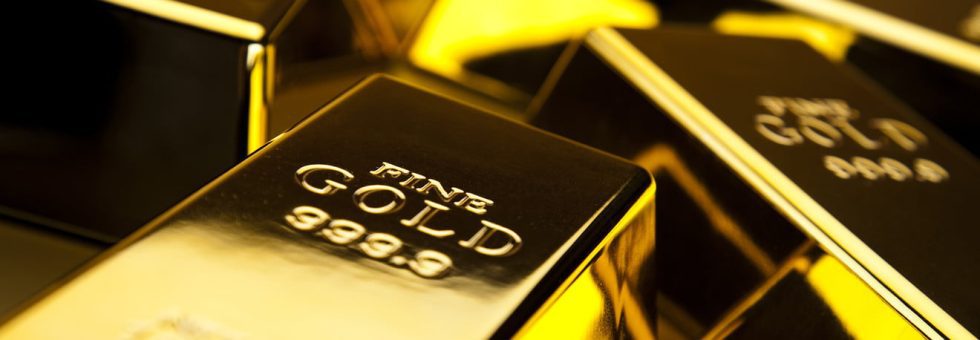Gold, a symbol of wealth and prosperity, has been traded across the world for thousands of years. The ancient gold trading routes not only facilitated the exchange of this precious metal but also contributed to the development of civilizations and cultural exchanges.
Today, while the paths have changed, the essence of gold trading remains, evolving into a sophisticated global market where individuals continue to learn how to trade gold effectively.
The Ancient Gold Trading Routes
The history of gold trading can be traced back to ancient civilizations like the Egyptians, who mined gold in Nubia and traded it across the Mediterranean and Near East. The famed Silk Road, while primarily known for spices and silk, was also a conduit for gold trade between the East and West. In Africa, the great empires of Ghana, Mali, and Songhai controlled significant gold mines and traded with regions as far as the Middle East and Europe.
The Impact of Gold on Ancient Economies
Gold was more than a trading commodity in ancient times; it was a foundation of economies and a symbol of power. The wealth of empires like Rome and Byzantium was heavily reliant on gold. In the Americas, the Aztecs and Incas possessed vast amounts of gold, which later drew European explorers and conquerors. These ancient gold trading routes not only facilitated economic prosperity but also led to significant cultural and technological exchanges.
Transition to Modern Gold Trading Routes
The discovery of the New World and the subsequent Gold Rushes in the Americas, Australia, and South Africa shifted the focus of gold trading.
The establishment of sea routes and colonial empires opened new pathways for gold trade. The advent of the Industrial Revolution further transformed gold trading, leading to the development of global financial markets and banking systems.
The Evolution of Gold Markets
Today’s gold market is a far cry from the ancient caravan routes. It is a complex, interconnected global system involving central banks, mining companies, investors, and traders. Gold is traded in various forms, from physical bars and coins to digital assets and derivatives.
Understanding how gold trading works in the modern market requires knowledge of financial instruments, market analysis, and global economic factors.
Learning How to Trade Gold in the Modern Era
For those aspiring to learn how to trade gold in today’s market, it involves understanding the principles of financial markets, gold’s role in economic cycles, and the impact of geopolitical events on gold prices. Traders must also be adept at analyzing market trends, using trading platforms, and making informed decisions based on real-time data.
The Role of Technology in Gold Trading
Technology has revolutionized how gold is traded. Online trading platforms, blockchain technology for supply chain verification, and advanced market analytics tools have made gold trading more accessible and transparent. These technologies provide traders with the resources to learn how to trade gold effectively, adapting to the market’s evolving dynamics.
Gold Trading as a Reflection of Global Economy
The modern gold market is a barometer of the global economy. Factors such as inflation, currency fluctuations, and economic crises influence gold prices. The COVID-19 pandemic, for example, led to a surge in gold prices as investors sought a safe haven amidst economic uncertainty. Understanding these global economic relationships is essential in mastering how gold trading works.
Sustainable Gold Trading Practices
Sustainability in gold trading is gaining attention, focusing on ethical mining practices and responsible sourcing. Traders and investors are increasingly considering the environmental and social impact of gold production in their trading decisions. This shift towards sustainability reflects a broader trend in global trade and investment practices.
The transformation of gold trading from ancient caravan routes to modern digital platforms is a testament to the enduring value of gold. While the methods and tools have evolved, the principles of trading this precious metal remain grounded in economic fundamentals and market understanding.
For those looking to learn how to trade gold, embracing both its rich history and its modern complexities is crucial. As we continue to rediscover and adapt ancient paths of trade, gold remains a pivotal asset in the global economic landscape, offering opportunities for traders and investors alike.





